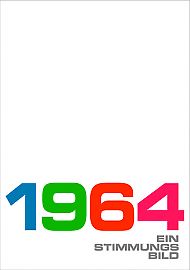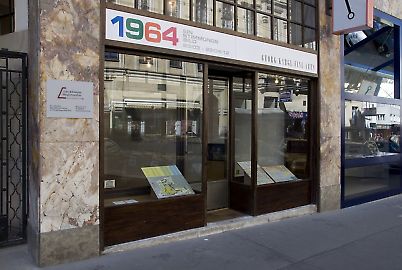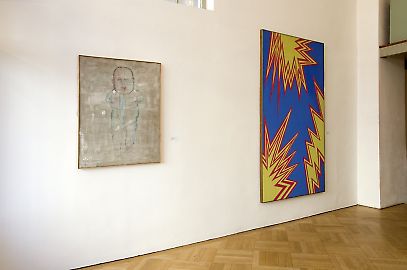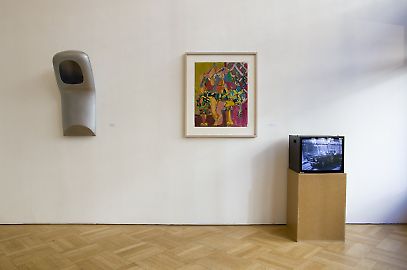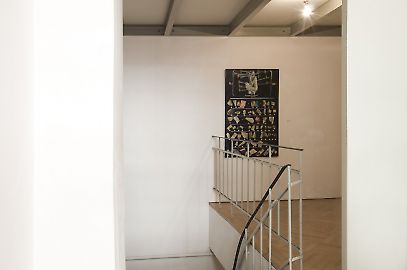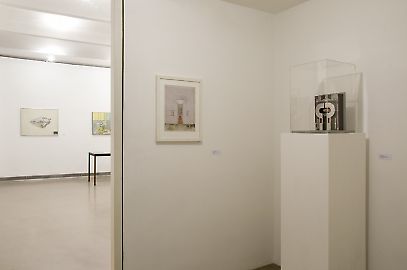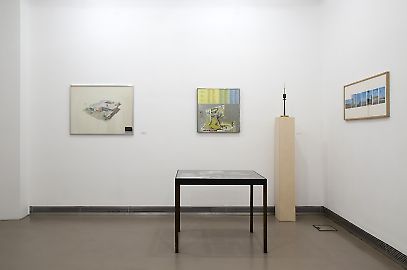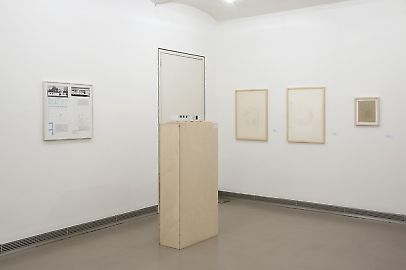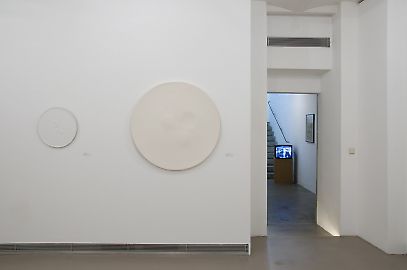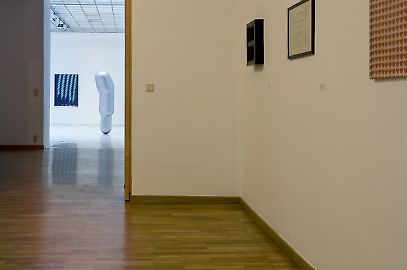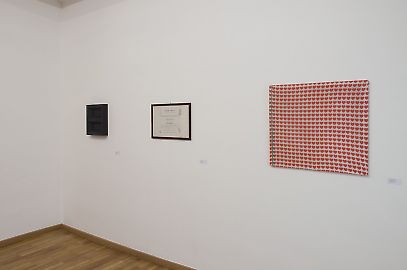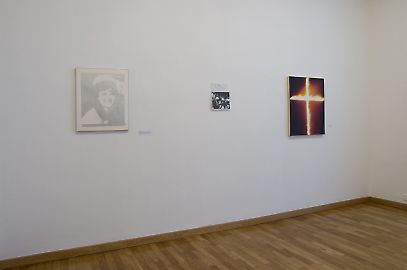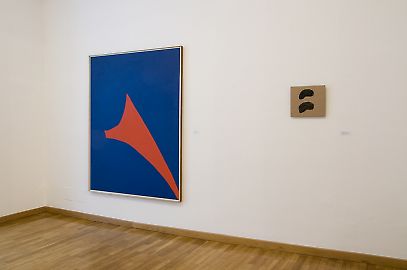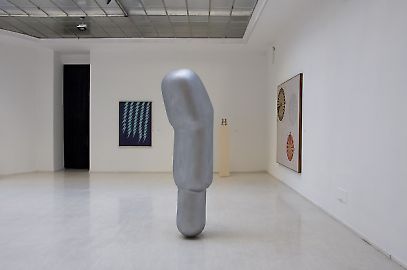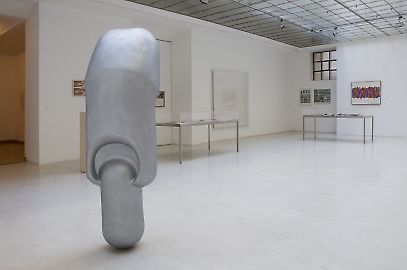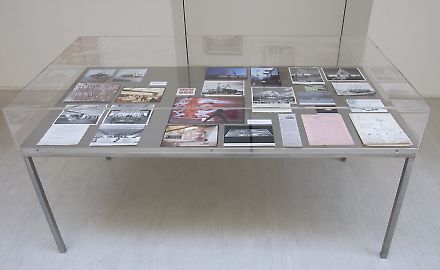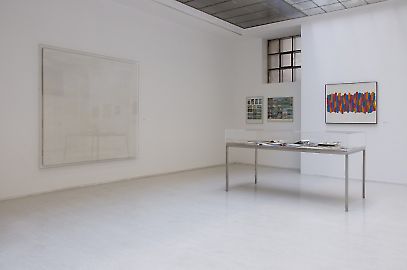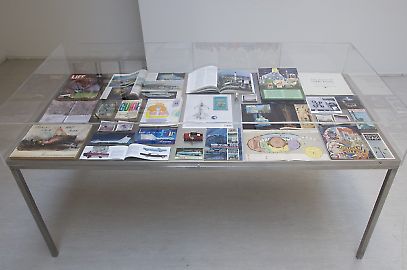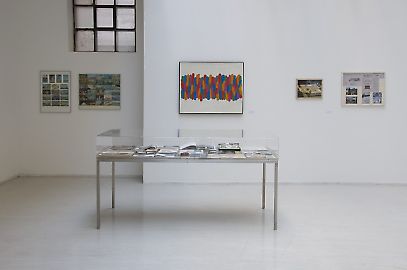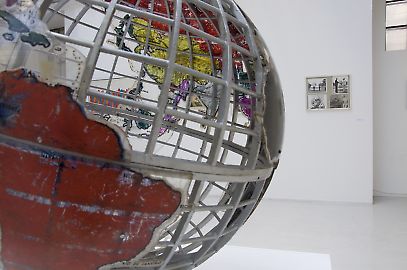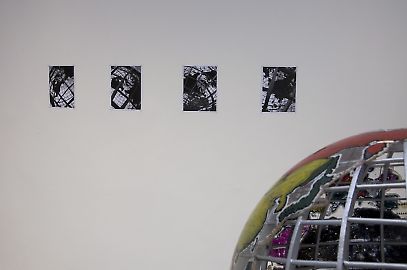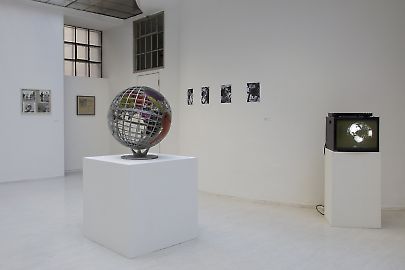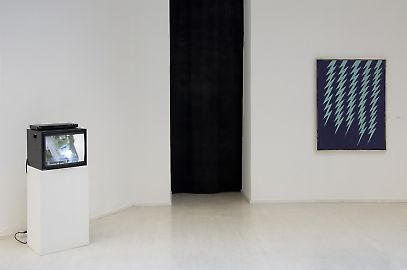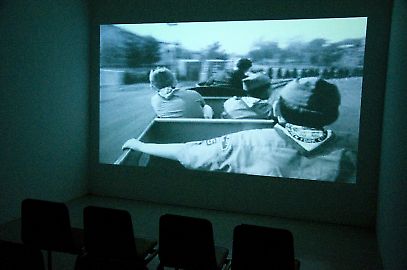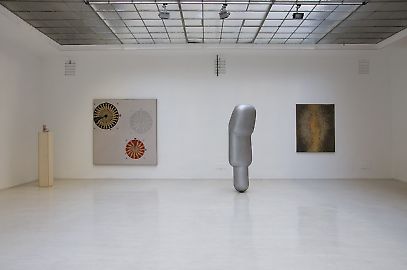1964 --
Artists and architects: Richard Artschwager, Wander Bertoni, Günter Brus, Chuck Close, Davis/Langlois, Marcel Duchamp, Edward Durell Stone, Johann Fruhmann, Nobumitsu Fukui, Bruno Gironcoli, Hans Hollein, Arthur Köpcke, Agnes Martin, Oswald Oberhuber, Gustav Peichl, Roland Rainer, Leon Polk Smith, Robert Smithson, Gerold Tagwerker, Walter Dorwin Teague, Erwin Thorn, Ernest Trova, Andy Warhol, Tom Wesselmann, Perry Whittaker
The Beatles have five singles topping the US charts, Nelson Mandela is convicted to life in prison, in Kassel Documenta III and pedestrians in Germany now have the right of way over cars at a zebra crossing, effective immediately. It’s 1964: with the Unisphere, the largest depiction of our globe ever made as a trademark of the New York World’s 1964. At the same time, Donaupark hosts the Vienna’s International Garden Show, abbreviated as WIG 64. These two major international events form the historical framework for the spring exhibition 1964 at Georg Kargl Fine Arts, a show that is intended to trigger joy and astonishment. An interplay between architecture and art, thinking and notions of progress, a sense of the mood of the times to remember what is forgotten, but also to experience it and set ourselves in that mood of transformation. This stroll between Vienna and New York, cities that continue to have a great attraction, provided by artworks and original material such as models, photographs, postcards, and souvenirs, provides insight into the intellectual history of the period. There is close attention to detail: so the exhibition provides a very special gaze of past events and currents and also enables comparative observations. The approaches of artists and architects provide in retrospect a new and different image of 1964.
Curated by Georg Kargl
Translated by Brian Currid


